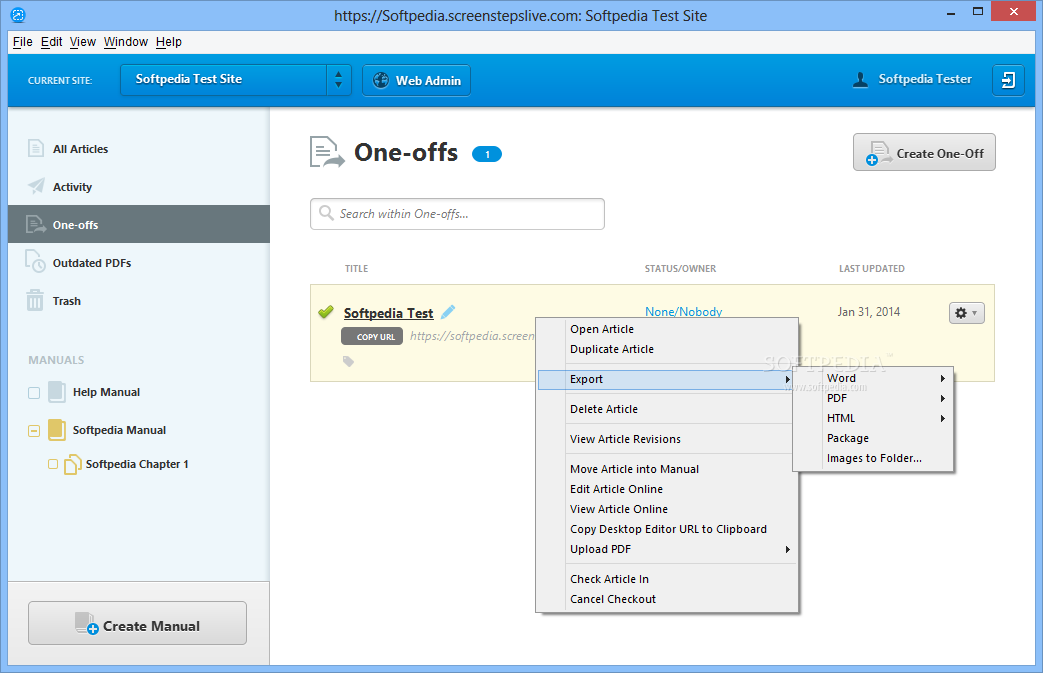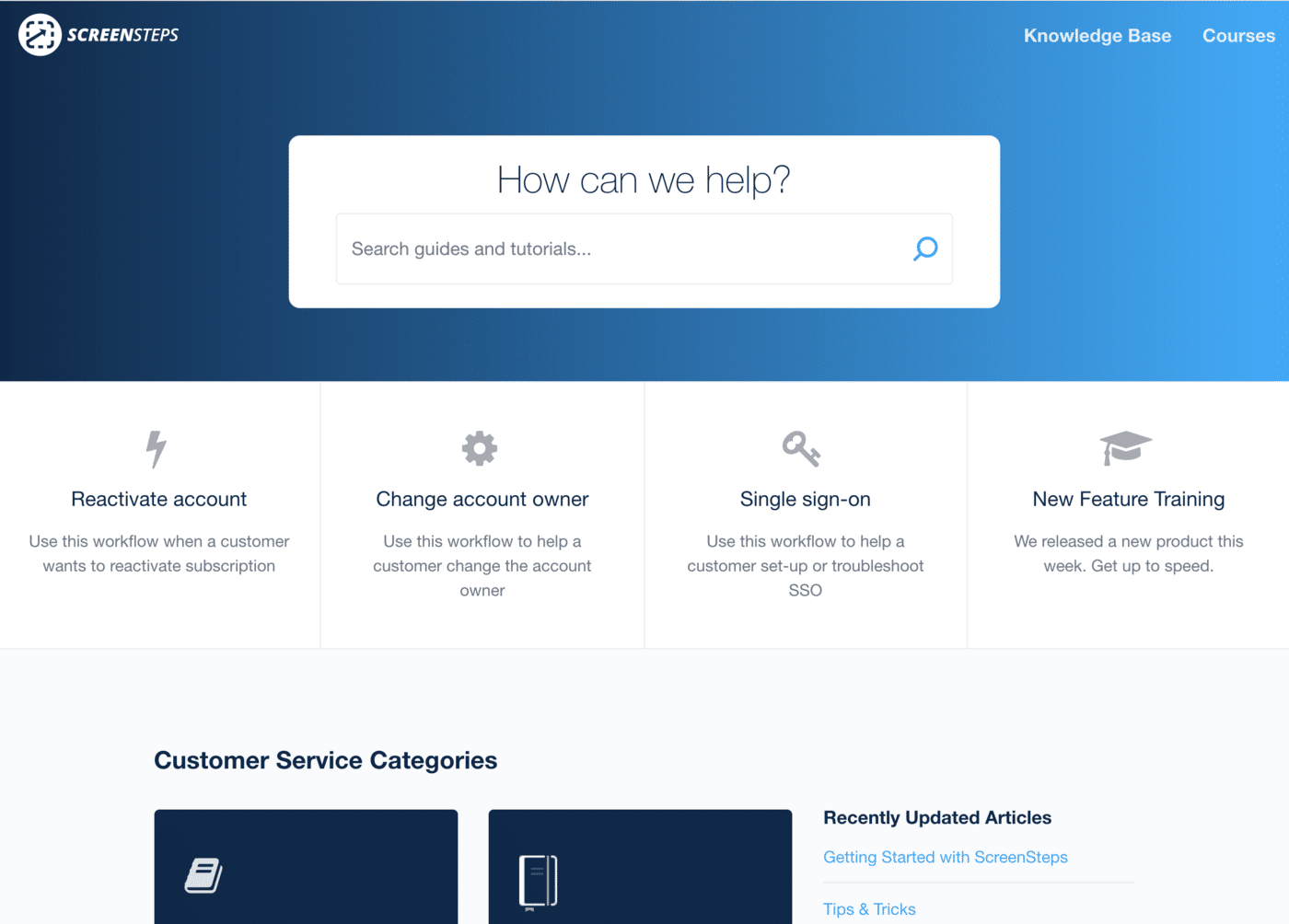

Update this value with the actual Sign-On URL, which is explained later in this tutorial. In the Sign-on URL text box, type a URL using the following pattern: On the Basic SAML Configuration section, perform the following step: On the Set up single sign-on with SAML page, click the pencil icon for Basic SAML Configuration to edit the settings. On the Select a single sign-on method page, select SAML. In the Azure portal, on the ScreenSteps application integration page, find the Manage section and select single sign-on. Test SSO - to verify whether the configuration works.įollow these steps to enable Azure AD SSO in the Azure portal.

Create ScreenSteps test user - to have a counterpart of B.Simon in ScreenSteps that is linked to the Azure AD representation of user.Configure ScreenSteps SSO - to configure the single sign-on settings on application side.Assign the Azure AD test user - to enable B.Simon to use Azure AD single sign-on.Create an Azure AD test user - to test Azure AD single sign-on with B.Simon.Configure Azure AD SSO - to enable your users to use this feature.To configure and test Azure AD SSO with ScreenSteps, perform the following steps: For SSO to work, you need to establish a link relationship between an Azure AD user and the related user in ScreenSteps. Configure and test Azure AD SSO for ScreenStepsĬonfigure and test Azure AD SSO with ScreenSteps using a test user called B.Simon. In this wizard, you can add an application to your tenant, add users/groups to the app, assign roles, as well as walk through the SSO configuration as well. Wait a few seconds while the app is added to your tenant.Īlternatively, you can also use the Enterprise App Configuration Wizard. Select ScreenSteps from results panel and then add the app.In the Add from the gallery section, type ScreenSteps in the search box.To add new application, select New application.Navigate to Enterprise Applications and then select All Applications.



 0 kommentar(er)
0 kommentar(er)
